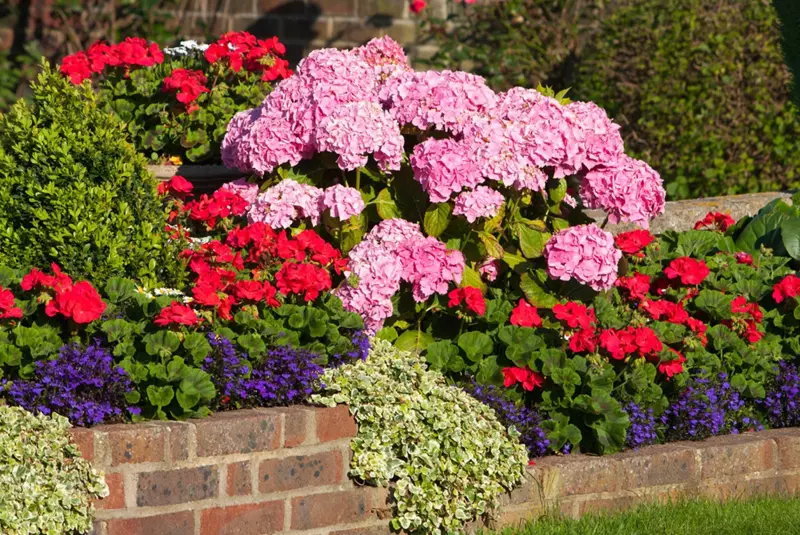
10 Stunning Hydrangea Varieties Loved Across the USA
Discover the top 10 hydrangea varieties loved in the USA. Learn about their unique features, care tips, and how they can enhance your garden.
Read MoreHydrangeas are among the most popular flowering shrubs, prized for their vibrant blooms and versatility in garden landscapes. However, gardeners in USDA Hardiness Zone 4 must choose varieties that can withstand temperatures as low as -34°C (-30°F). This guide explores the best cold-hardy hydrangeas suitable for Zone 4 and provides essential planting and care tips to help them thrive.
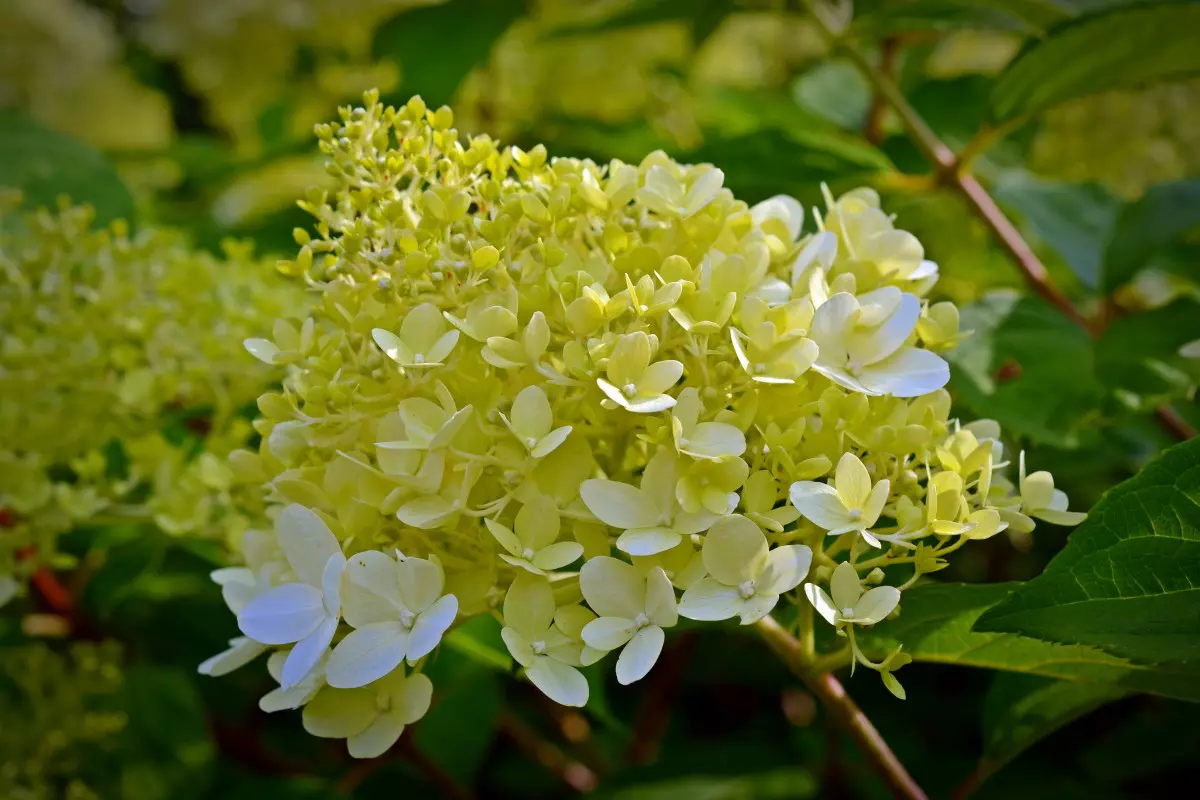
USDA Hardiness Zone 4 is characterised by its cold winters and relatively short growing season. This zone covers various regions across the northern United States, including parts of North Dakota, South Dakota, Minnesota, Wisconsin, and northern New England. Additionally, it extends into portions of southern Canada, where winter temperatures can be particularly harsh.
Gardeners in Zone 4 must be mindful of the unique climatic challenges that impact plant selection and cultivation. The ability to withstand significant temperature drops, adapt to a shorter frost-free period, and tolerate variable soil conditions are key factors when choosing plants for this zone.
Despite its climate constraints, Zone 4 offers excellent opportunities for growing resilient and cold-hardy plants. By selecting hydrangeas that can tolerate temperature extremes and adapting care practices to suit local conditions, gardeners can achieve thriving, colourful landscapes even in this demanding environment.
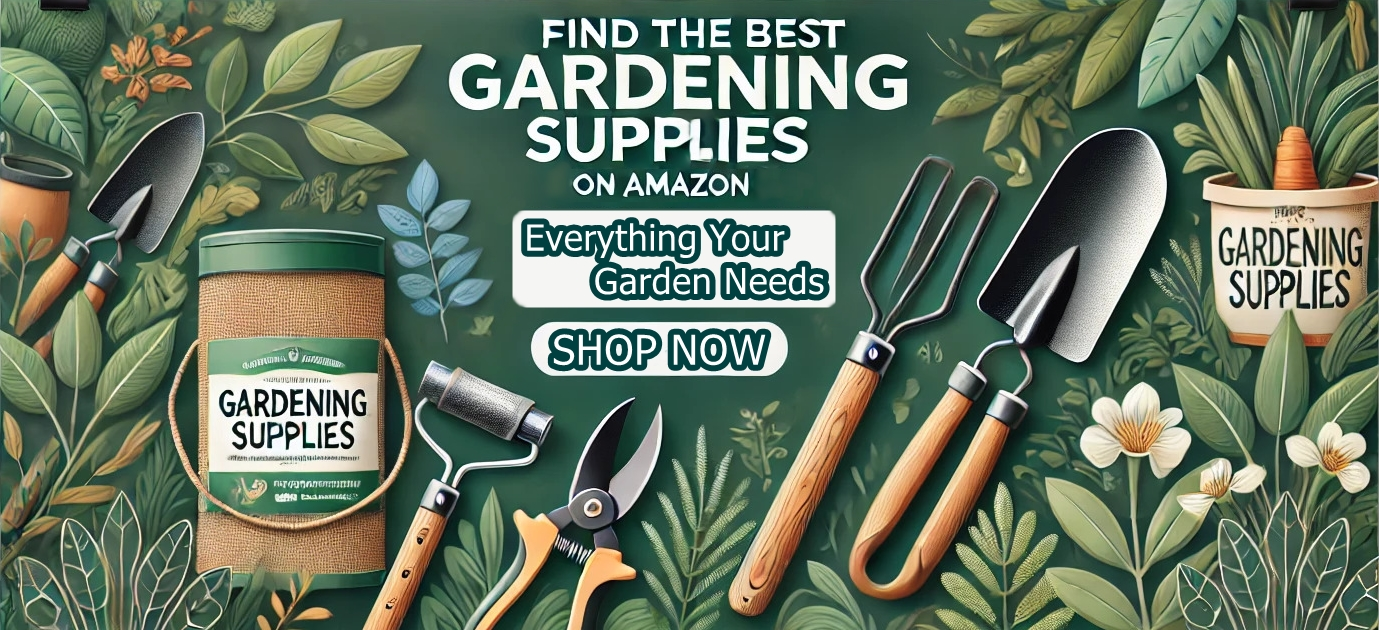
Hydrangea paniculata, commonly referred to as panicle hydrangea, is an excellent choice for USDA Zone 4, thanks to its exceptional cold tolerance and reliable flowering. Unlike more delicate hydrangea species, this variety is known for its ability to thrive in colder climates while still producing abundant blooms. One of its greatest advantages is that it blooms on new wood, meaning even if winter conditions cause dieback, the plant will still flower the following season.
Panicle hydrangeas are easily identified by their elongated, cone-shaped flower clusters, which emerge in mid-to-late summer and often change colour as the season progresses. Their woody stems provide additional resilience against frost, making them a dependable option for colder regions. For more details on how to cultivate and maintain panicle hydrangeas successfully, visit our comprehensive Hydrangea paniculata care guide.
Several cultivars of Hydrangea paniculata have been developed to enhance bloom size, colour variation, and plant structure. Below are some of the top choices for Zone 4 gardeners:
To ensure optimal growth and long-lasting blooms, panicle hydrangeas require specific conditions:
Panicle hydrangeas are one of the most reliable and cold-hardy hydrangea varieties available, making them an excellent option for gardeners in USDA Zone 4. Their ability to bloom on new wood ensures consistent flowering, even after harsh winters, and their woody stems provide extra resilience in extreme conditions.
For more expert tips on growing and maintaining Hydrangea paniculata, visit our Hydrangea paniculata care guide.
By selecting the right cultivar and providing proper care, Zone 4 gardeners can enjoy a spectacular display of hydrangea blooms year after year.
Hydrangea arborescens, commonly known as smooth hydrangea, is an excellent choice for USDA Zone 4, thanks to its impressive cold tolerance and adaptability. Unlike some hydrangea species that struggle in colder climates, smooth hydrangeas are particularly resilient, thriving even after harsh winters. Their ability to bloom on new wood ensures that, regardless of winter damage, they will reliably produce flowers each year.
These hydrangeas are well-loved for their large, rounded flower heads, which typically emerge in early to mid-summer and continue blooming throughout the season. Their flexibility in various light conditions and soil types makes them a fantastic addition to Zone 4 gardens. If you’re looking for detailed guidance on growing and maintaining smooth hydrangeas, check out our comprehensive Hydrangea arborescens care guide.
Several outstanding cultivars of Hydrangea arborescens have been developed to enhance flower size, stem strength, and colour variation. Here are some of the best options for Zone 4 gardeners:
By selecting the right cultivar and following proper care techniques, Zone 4 gardeners can enjoy the beauty of smooth hydrangeas year after year.
Hydrangea quercifolia, commonly known as oakleaf hydrangea, is a distinctive and highly ornamental species that brings both seasonal colour and textural interest to gardens in USDA Zone 4. Named for its deeply lobed, oak-shaped foliage, this hydrangea stands out with its lush greenery in spring and summer before transitioning into vibrant shades of red, burgundy, and orange in autumn.
Unlike panicle or smooth hydrangeas, which flower on new wood, oakleaf hydrangeas bloom on old wood. This means that proper winter protection is essential to preserve flower buds, especially in colder regions. When provided with adequate mulch, sheltered positioning, and minimal pruning, this species can thrive in Zone 4 gardens. For detailed growing and care instructions, visit our Oakleaf Hydrangea Care Guide.
Several cultivars of Hydrangea quercifolia have been selectively bred to enhance bloom production, compact growth habits, and autumn colour intensity. Here are some of the best options for Zone 4 gardeners:
Pairing oakleaf hydrangeas with complementary plants can enhance their visual appeal while also supporting a healthy garden ecosystem. Shade-loving perennials such as hostas, ferns, astilbes, and heucheras work exceptionally well as underplantings, while evergreens can provide winter interest. For more inspiration, explore our Oakleaf Hydrangea Companion Planting Guide.
For gardeners interested in expanding their collection of oakleaf hydrangeas, propagation can be done through softwood cuttings, hardwood cuttings, and layering. While cuttings require careful monitoring to establish roots, layering is a low-maintenance method that often yields successful results. For step-by-step guidance, visit our Oakleaf Hydrangea Propagation Guide.
With the right care and positioning, oakleaf hydrangeas can be a stunning and reliable addition to any Zone 4 garden, offering a spectacular display from spring through autumn.
Gardeners in USDA Zone 4 can successfully grow hydrangeas by selecting cold-hardy varieties and following proper planting and care practices. Hydrangea paniculata, Hydrangea arborescens, and Hydrangea quercifolia are all excellent choices, offering stunning blooms and resilience in cold climates.

Discover the top 10 hydrangea varieties loved in the USA. Learn about their unique features, care tips, and how they can enhance your garden.
Read More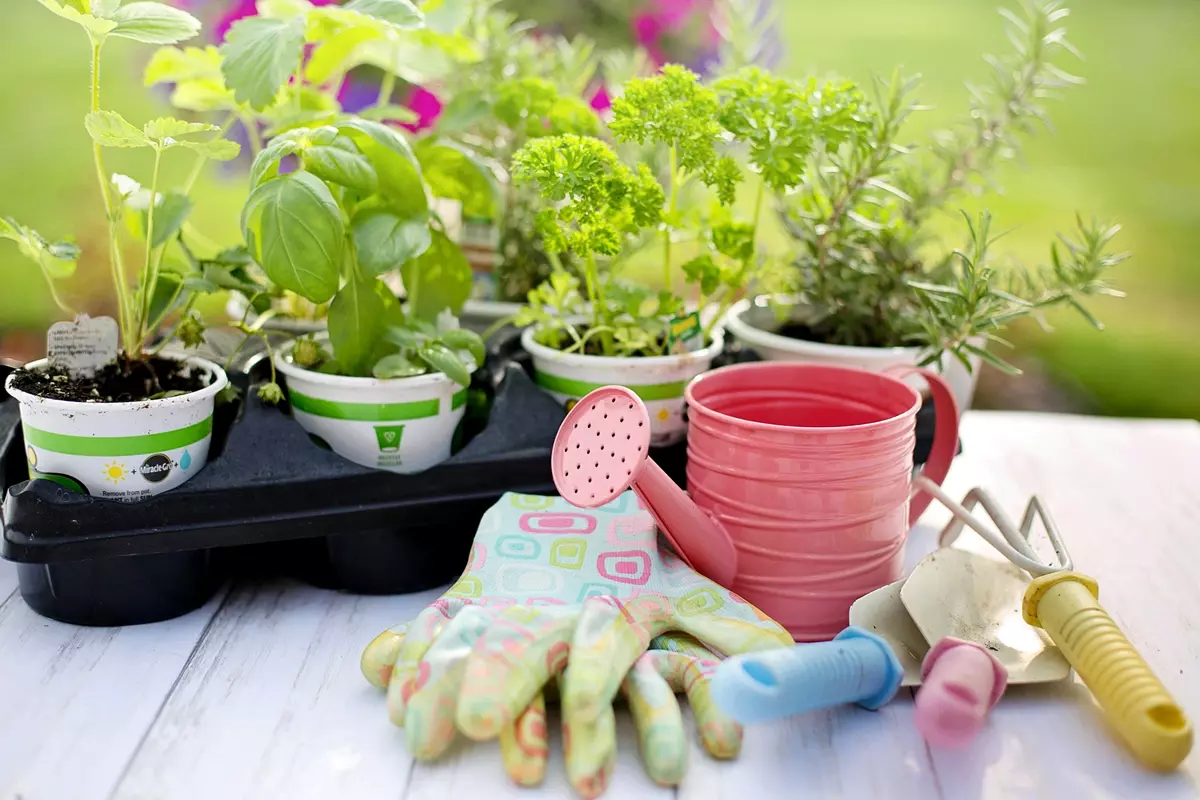
Discover the 5 must-have gardening tools every gardener needs! Learn how to choose the best equipment for a thriving garden. Read the ultimate guide now!
Read More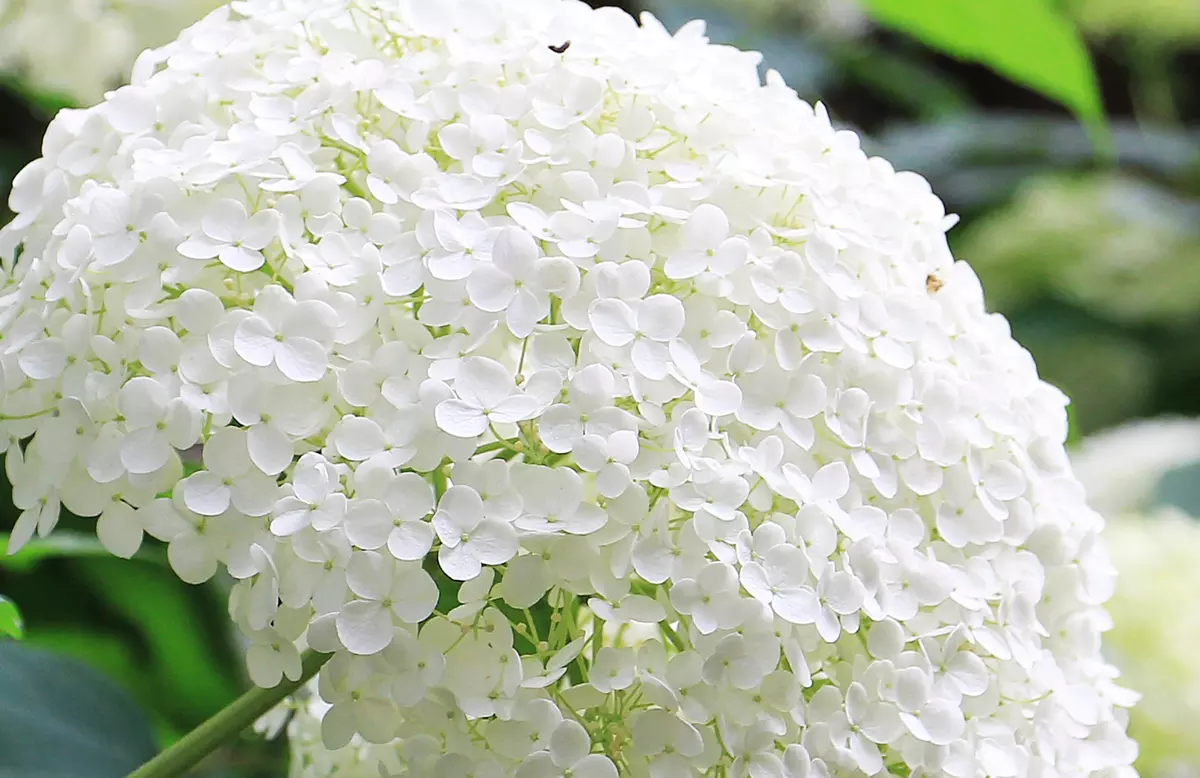
Find the best hydrangeas for USDA Hardiness Zone 3. Discover cold-hardy varieties that thrive in extreme winter conditions and learn expert care tips.
Read More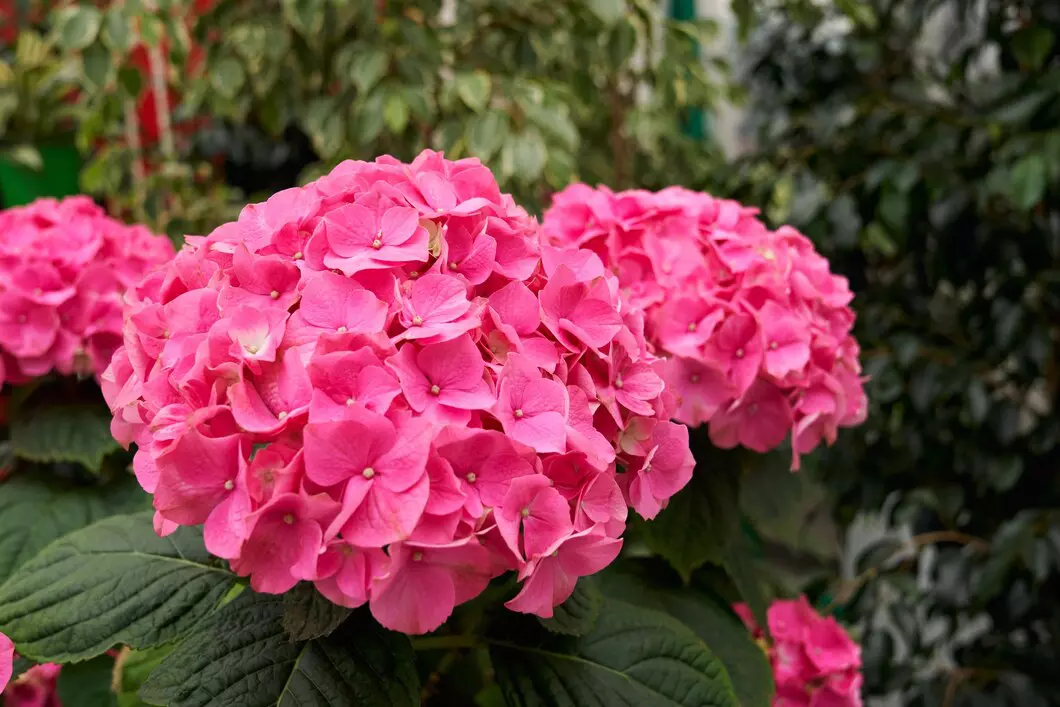
Discover how to grow hydrangeas in California’s Mediterranean climate with expert tips on planting, watering, and choosing the best varieties for vibrant blooms.
Read More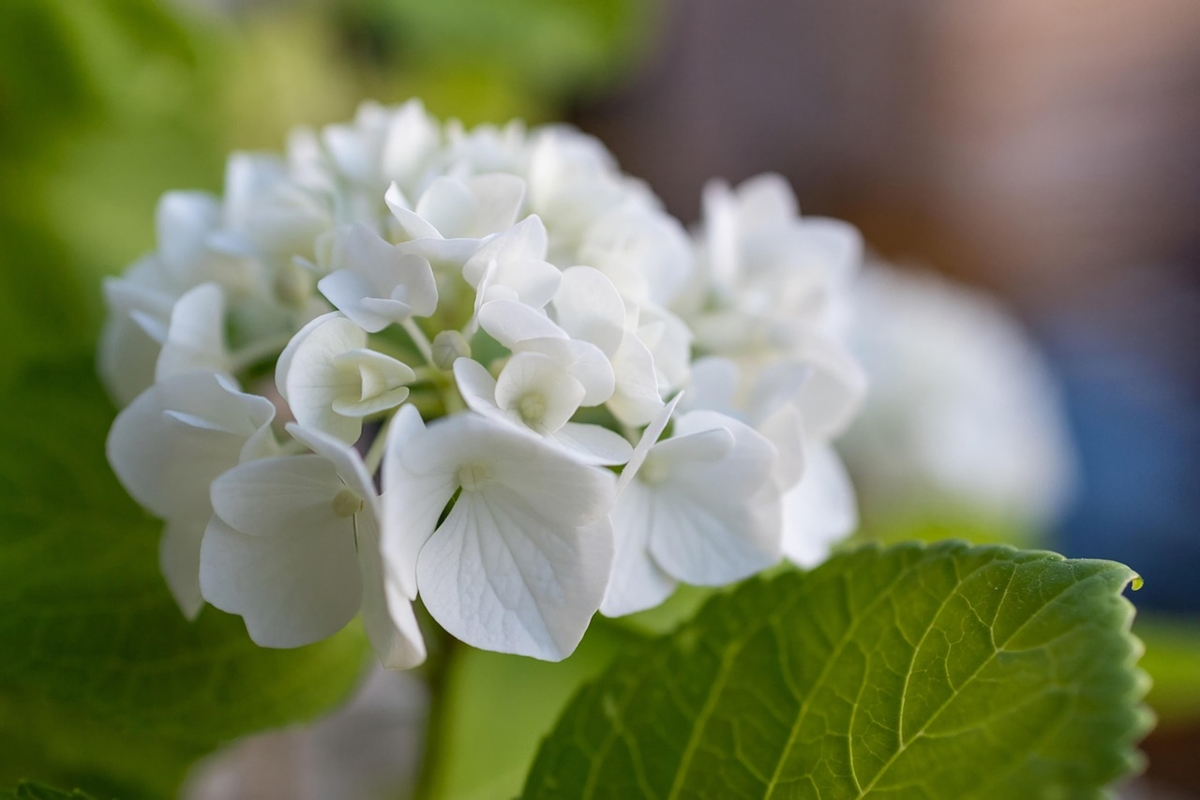
Discover the best hydrangea varieties for the Southeastern United States. Learn which types thrive in hot, humid climates and how to care for them.
Read More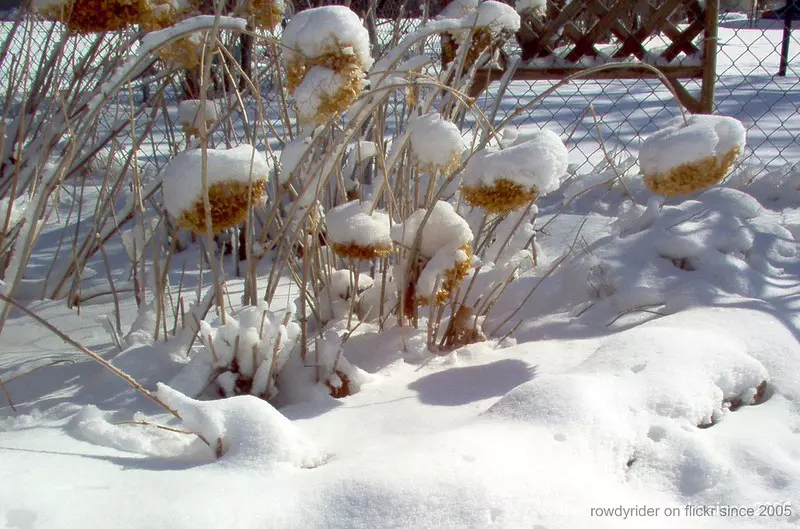
Your ultimate guide to protecting hydrangeas in winter for cold climates. Learn expert tips for mulching, frost protection, and proper spring pruning.
Read More